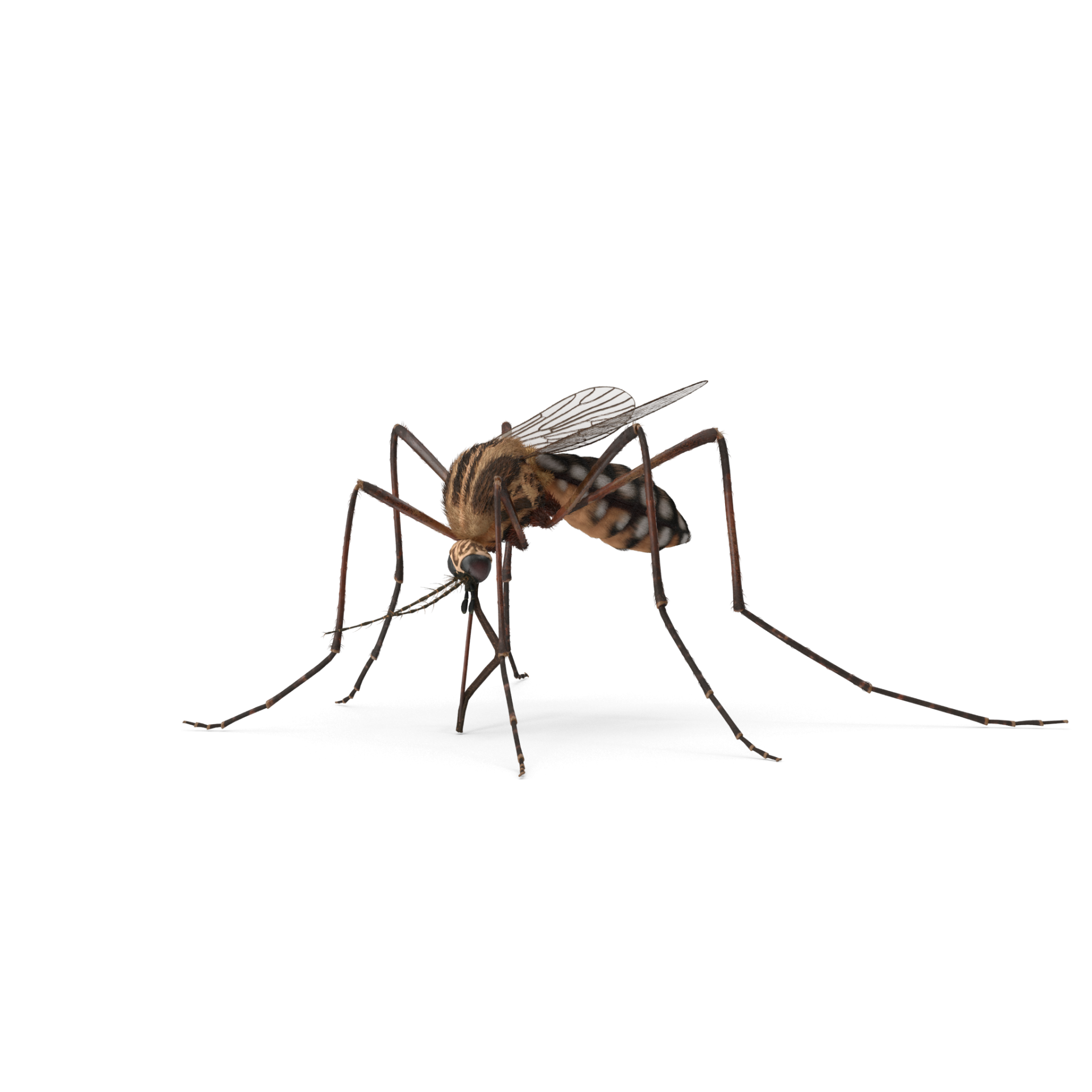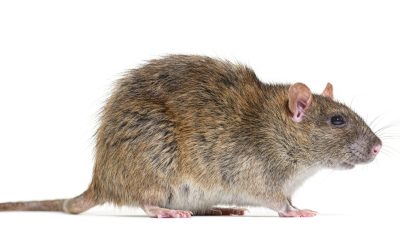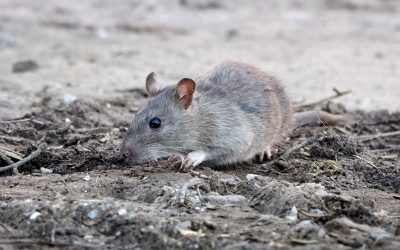Common mosquitos are known to be small and are likely to go unnoticed except for their buzzing sound and the slight sensations you feel when they bite. However, the Gallinipper mosquito is the total opposite of the common mosquito species you may be used to.
This article about gallinippers describes them, the threats they pose, and how to get rid of them. Let’s get started!
What is a Gallinipper mosquito?
A gallinipper mosquito is an enormous mosquito that grows to be about 20 times larger than other common mosquito species. These mosquitoes have a painful sting and are sometimes referred to as monster mosquitoes. Gallinippers are known to show aggression. They are also known to feed both during the day and at night even though most mosquitoes are only active at night.
Adult female gallinippers lay eggs in damp soil like near water bodies and grassy overgrowth. These eggs can stay dormant for very long periods hatching with just one good rain that causes an overflow. As a result, the gallinippers are said to be floodwater mosquitoes.
Psorophora Ciliata: What is it?
Psorophora Ciliata is the scientific name and species of these monster mosquitoes. “Gallinipper” and “shaggy-legged gallinipper” have been used as common descriptions for mosquitoes of species Psorophora Ciliata.
This species can be found in North America, from South Dakota to Texas, and Florida. They can also be found in South America.
Psorophora Ciliata can be spotted easily due to their size and aggressive nature. Adult gallinipper insects have a wingspan of roughly 6 to 7 mm, and their hind legs are covered in feathery dark scales. They are known to be about 20 times larger than the Asian tiger mosquito which is about 1/4 inch long.
Their size accounts for their large proboscis which they use in feeding off mammals such as the hides of cattle. In their larval stage, psorophora ciliata can grow large enough to feed on other mosquito larvae and sometimes tadpoles.
Do big mosquitoes bite?
Crane flies which resemble a giant mosquito should not be mistaken for Psorophora Ciliata. Crane flies are of the family Tipulidae and are usually mistaken for a mosquito. They have been given several names such as “Mosquito Killer” and “Mosquito Hawk” in North America. These are flies – not a mosquito, and they do not bite. They have no mouth part to do so. They are known to be harmless. However, gallinipper mosquitoes do have a painful bite which leaves a mark.
Gallinipper bite
An uncommon aggressive biting behavior and a high rate of feeding can be seen in Psorophora Ciliata. Despite this persistent biting behavior, Gallinippers are not considered toxic as they do not usually pose a threat to human health.
These aggressive mosquitoes have tested positive for diseases like the West Nile disease and strains of encephalitis viruses. However, the CDC does not at the moment consider Psorophora Ciliata as a vector in the transmission of these diseases to humans.
Nevertheless, it remains important to curb the spread and infestation of these huge mosquitoes to avoid mosquito-borne diseases.
What does a gallinipper bite look like?
A single bite from a gallinipper can be powerful, and you will know when one gets you. You feel a sharp pain and the site of the bite becomes swollen with redness, then it starts to itch but may not hurt. However, scratching could lead to a wound infection. Gallinippers may not transmit diseases, but their bites can irritate your skin.
What does a gallinipper look like?
Psorophora Ciliata is very large when compared to other species of mosquito. They are yellow but their proboscis has a black tip. Their thorax is usually dark brown and has a thin-looking stripe that is bright yellow which runs across the middle. On each side of this is a dark stripe. The abdomen of this species is pale and the tip is even more pale.
Apart from their size, another notable difference from other species is their shaggy legs. The males have bushy antennae while the females do not. This is a common characteristic among mosquitoes.
How do I get Gallinipper off my property?
Gallinippers are a large mosquito species prevalent in North America and can also be found in South America. They can be aggressive biters. As a result, spraying repellent containing DEET may not get them off your property. In most cases, your best bet would be to call in the help of a professional pest control company.
Shoreline Environmental Pest Solutions is a pest control company in Florida city experienced with mosquito control. With over 50 years of controlling insect pests, we use strategic methods in prevention, trapping, and restoration. We have a team of certified professionals that would only use safe products around animals alongside humans.
Contact us today for a No-Cost inspection and a free quote. Let’s rid your property of this annoying pest!





0 Comments